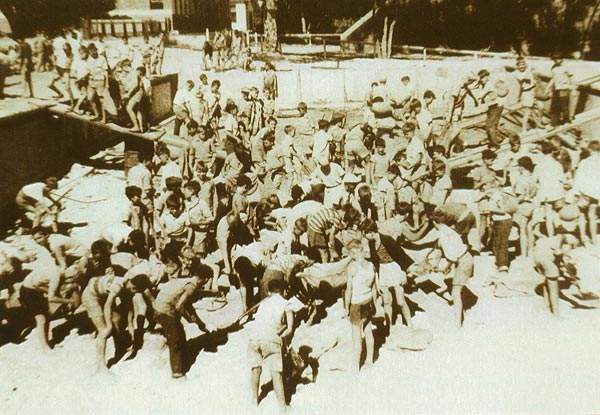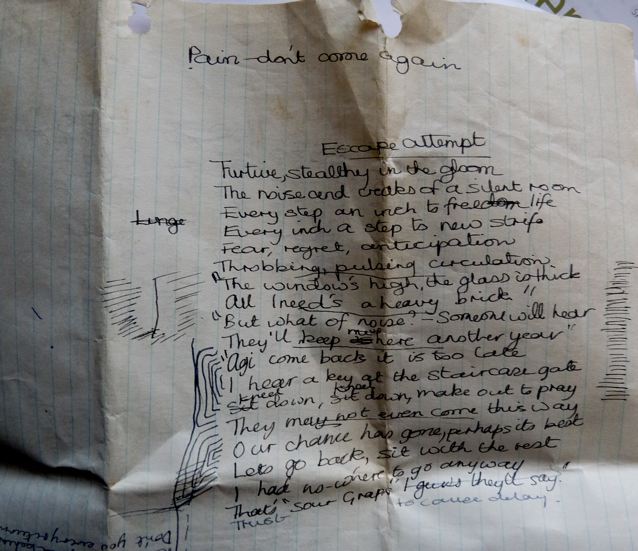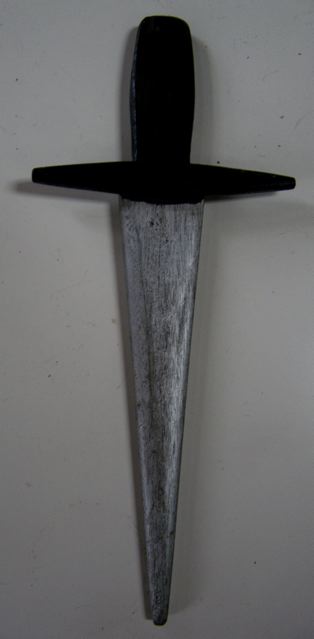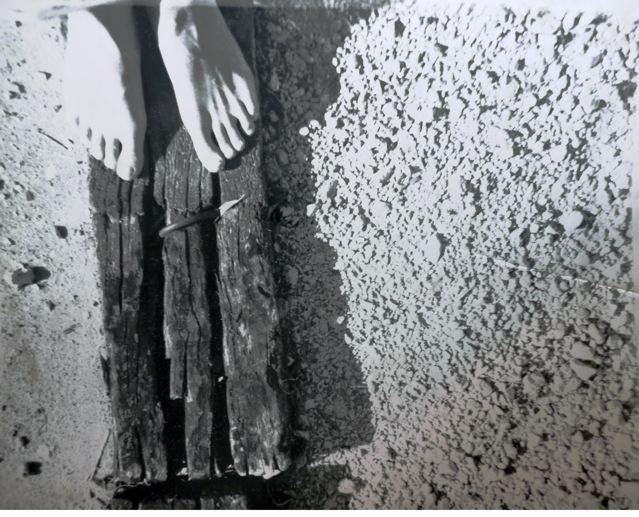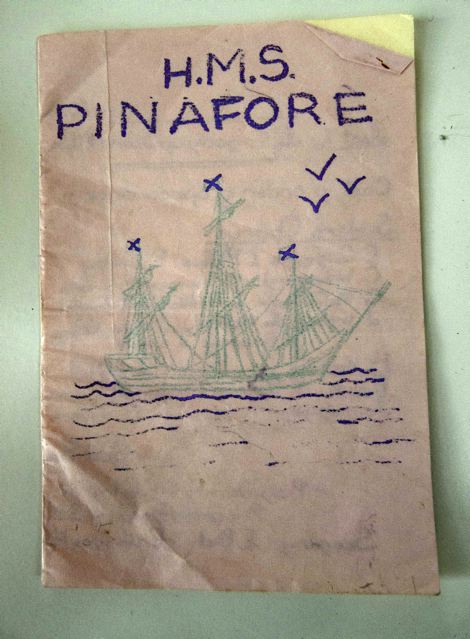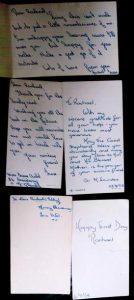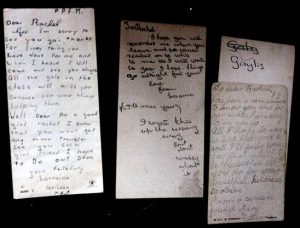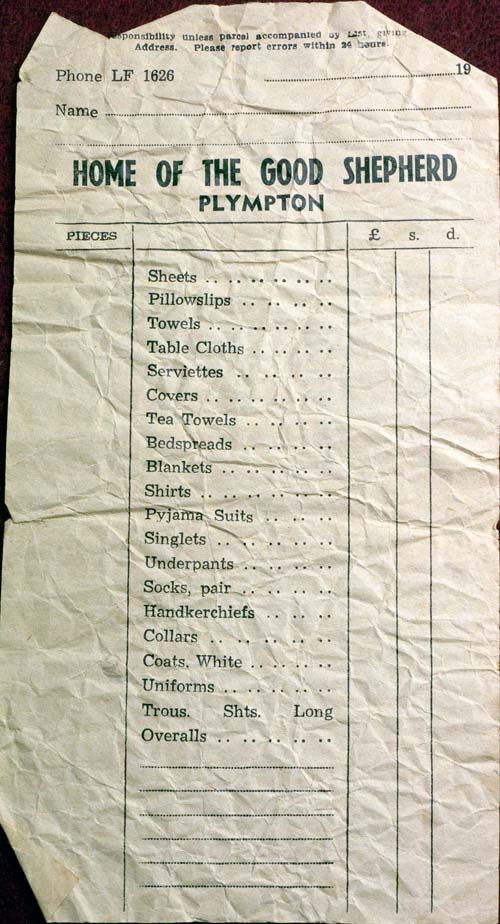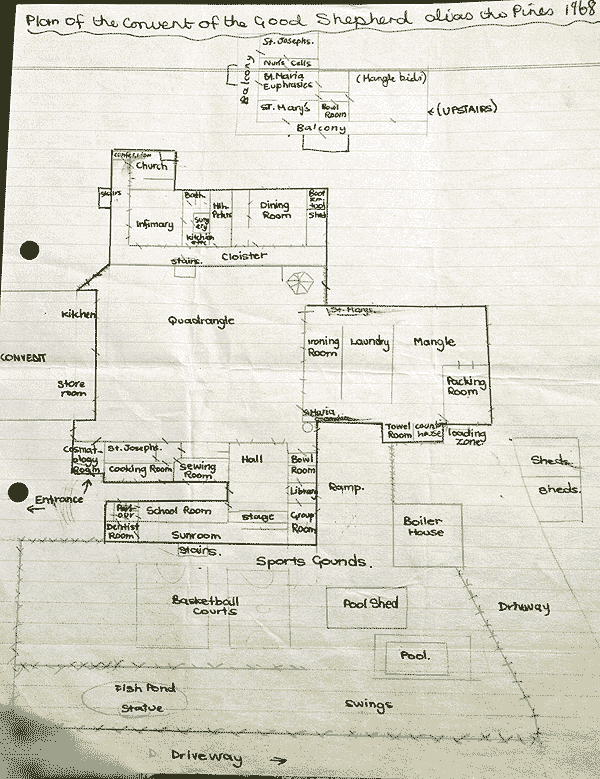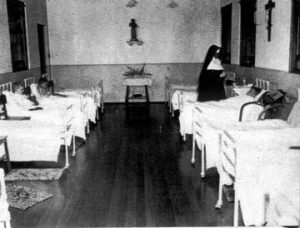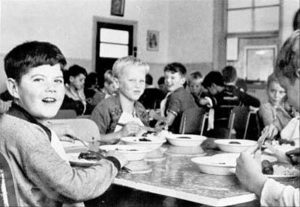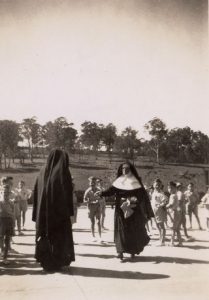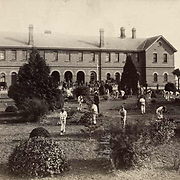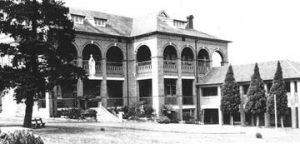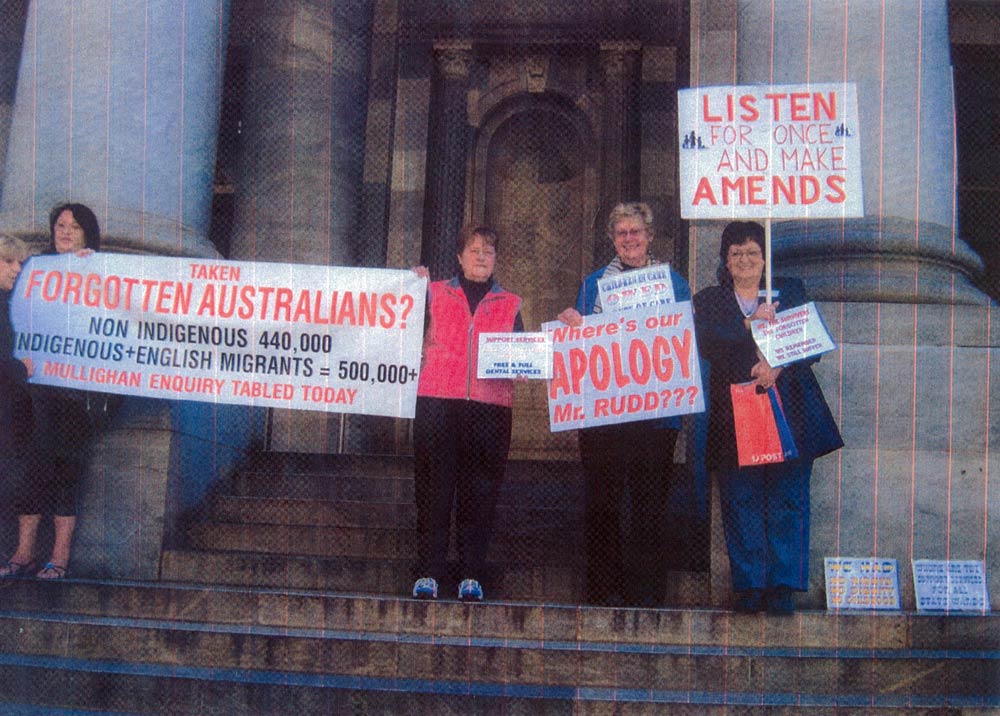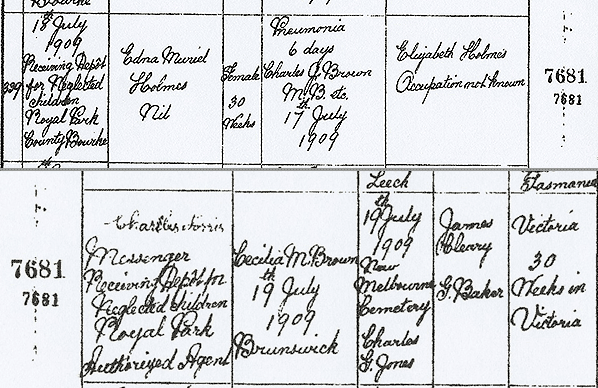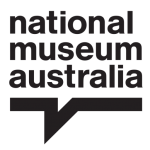by Adele Chynoweth on 6 June, 2011
The Senate Community Affairs committee has announced an extension of the deadline for receipt of submissions to its inquiry into former forced adoption practices.
The commitee’s media relase of 12 May 2011 reads:
Inquiry into former forced adoption practices
The Senate today extended the Senate Community Affairs committee inquiry into the Commonwealth contribution to former forced adoption policies because of the extent and nature of the evidence received and complexity of the issues involved.
‘The committee has already received over 300 submissions, but we know there are others who still want to contribute to the inquiry’, said committee chair Senator Rachel Siewert.
‘This inquiry is very complex, involving many legal, historical and policy issues, and the committee wants to get it right. The committee simply didn’t have enough time with the June deadline to collect and horoughly review the evidence’.
The committee has received over 300 submissions. Many of these are very detailed, including a large number of accounts that suggest babies were taken for adoption against their mothers’ will.
The accounts include reports that women were pressured, deceived or threatened in order to secure signatures on adoption consent forms, actions that may have been in breach of the policies and laws of the time. The accounts received by the committee date from the 1950s to as recently as 1987.
The committee wants to ensure that everyone who believes they have been affected by past adoption policies and who wants to make a submission to the inquiry will have time to do so.
If you have not previously submitted, but would like to, the committee continues to welcome evidence from new submitters. Due to the extremely sensitive nature of the submissions and potential privacy issues there may be delays in processing and uploading those submissions to the website.
The committee also wants to obtain evidence from institutions and agencies involved in adoption, particularly during the 1960s and 1970s.
The committee will also be seeking detailed evidence from Commonwealth agencies.
The committee is now due to report on 21 November 2011.
Contact details and inquiry terms of reference follow:
For comment: Senator Rachel Siewert, Chair
Ph 02 6277 3587For inquiry information: Senate Community Affairs Committee secretariat
Ph 02 6277 3515Terms of Reference of the inquiry
That the following matters be referred to the Community Affairs References Committee for inquiry and report by 21 November 201 1:
(a) the role, if any, of the Commonwealth Government, its policies and practices in contributing to forced adoptions; and
b) the potential role of the Commonwealth in developing a national framework to assist states and territories to address the consequences for the mothers, their families and children who were subject to forced adoption policies.
Download the media release (PDF 70KB) from the Senate website

